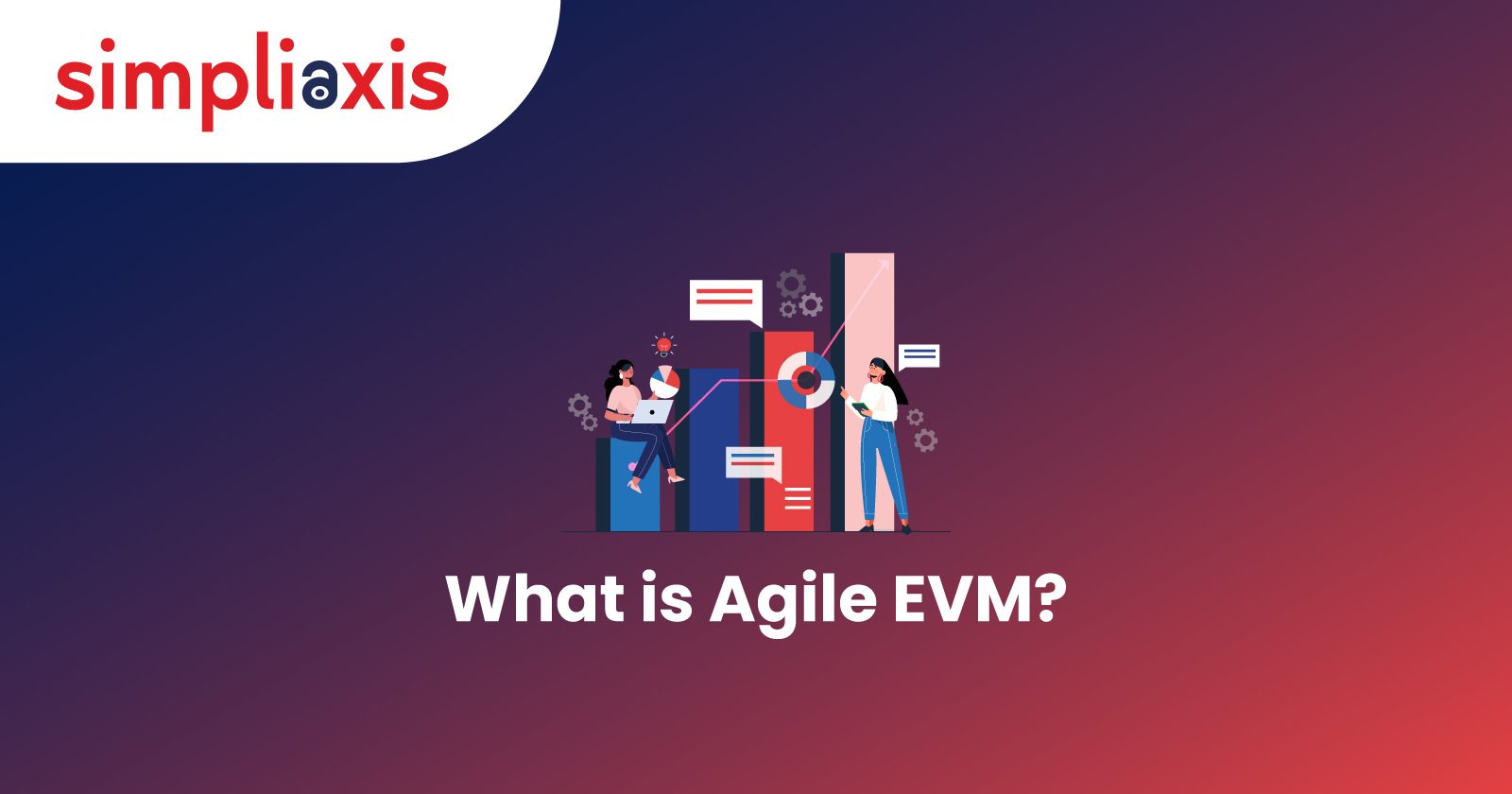During the execution of a project, the Project Manager is responsible for monitoring and controlling it, which consists of keeping an eye on its progress to ensure that in the end the objectives will be achieved. One of the methods that exist to make this control is the Earned Value Method (EVM), which based on numerical values allows quantifying the progress of the project and therefore makes decisions based on objective data.
The Earned Value Method (EVM) is based on the premise that historical project data can be good indicators of its future progress. This allows us not only to quantify the progress of the project at the present time but also to make estimates and simulations of its future progress. At a general level, this methodology compares a series of variables extracted from the project planning with data calculated from the actual progress of the project, allowing to evaluate the situation of the project with respect to the schedule and costs and to make a forecast of the final term and cost if the project continues in the same way. But what happens when we apply and combine this very useful tool with the Agile methodologies? Keep reading to find out!
Definition of Agile
Agile EVM is an adaptation of the traditional project management practice of contrasting the current value of cost, timing, and scope against a base plan using EVM (Earned Value Management) metrics. This adaptation has been designed to make it easy to apply in Scrum.
How does Agile EVM work?
In Agile Earned Value Managements, story points are used as the measure of planned and performed work, providing the basis on which to perform traditional EVM calculations. In addition, in Agile EVM the expected percentage is obtained by dividing the number of completed Sprints by the number of Sprints planning, while the percentage completed is obtained by dividing the number of story points (at the product stack level) completed by the total for the current release.
To apply this technique, it is necessary to obtain the following values:
- The number of Sprints planned in the release
- The size on calendar days of the Sprint
- The number of planned story points in the release
- The planned budget for the release
- The start date of the project
Establishing each end of the Sprints as the point to replan based on changes (work added or removed from the stack) and to re-evaluate the results of the Agile EVM application, four other points are needed to calculate the metrics of this technique:
- Number of Sprints completed
Allows you to calculate the expected percentage completed, by dividing it by the total number of planned Sprints
- Net story points added
It can be a negative value if story points are removed. It reflects the net change in the work planned for the release.
- The actual cost to date
Actual cumulative cost up to the date of the last sprint finish.
- Accumulated completed story points
Measures the total work completed for the release.
Variables of Agile EVM
Project Baseline (scope)
In the first equality, they equal the total scope of the project (measured in man hours, as well as in the total duration of the project in the traditional method, with the number of story points planned for a specific release).
Project Baseline (Duration)
In the same way, to obtain the calendar of the baseline of the project, they transfer the traditional calendar of the method, to the total number of Sprints and the duration of each of them, which following the Scrum approach, both magnitudes will be fixed throughout the project.
Project Baseline (Budget)
To obtain the estimate of the budget consumed at the end of the project, they simply limit it to the budget consumed at the end of the release.
- Progress of the Project
To track the current planned status of the project, they match the traditional measurement of progress to the current date, by dividing the Sprint number by the total number of Sprints planned for release. Note that in Scrum, the scope is not fixed in advance and that under this approach, the current progress focuses on the time consumed (as a percentage) of the total time planned for the release.
- Progress of the Project
To perform the status of the current state of the project, they match the traditional concept of earned value (measured in monetary units) with the number of story points completed to date, out of the total story points planned for the release. Note again, that following the Agile & Scrum approach, not all story points could be realized, since the criterion that is fixed in the project is the duration and resources (budget) and not the scope. In the same way, they assume some initial values that serve as a reference for the project, as can be seen in the following table:
Conclusion
If EVM itself is an incredible tool for managing projects, putting it together with the Agile method will make it even more handy and useful for you. After having read this article, you have all the knowledge and details you need in order to have the best results with EVM, allowing you to keep the best control and monitoring of your project's state at any time you wish. All the calculations that we previously showed will give you thorough and exact data on all the variables that are important for you to evaluate your project’s process and progress.
Simpliaxis offers courses like Agile Project Management, further enhancing your understanding and implementation of Agile practices within your projects






















